The flag of Guinea-Bissau, adopted after achieving independence, is a testament to the nation’s sovereign status and collective spirit. It symbolizes the aspirations and rich cultural legacy of Guinea-Bissau, embodying the country’s journey and ambitions for the future.
Flag of Guinea-Bissau
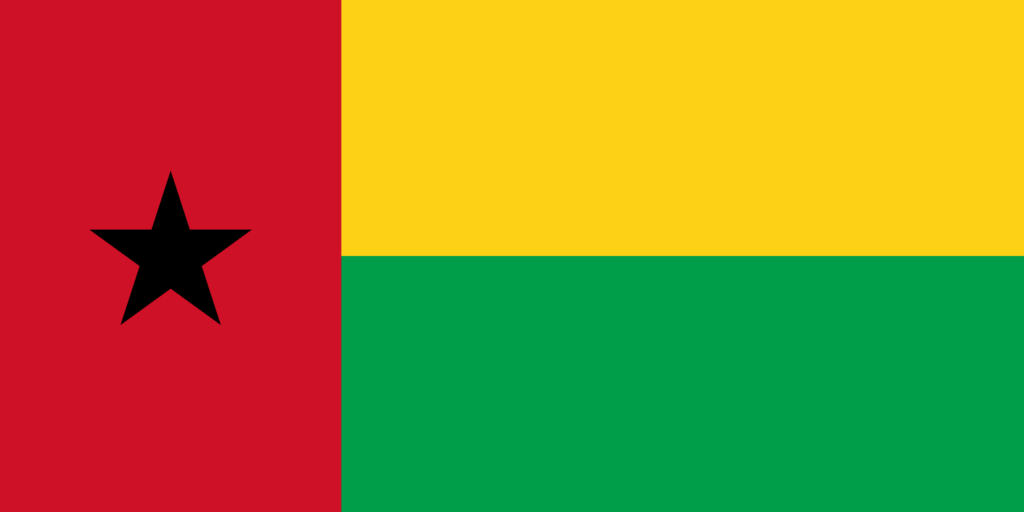
The flag of Guinea-Bissau features two horizontal bands and a vertical stripe with a central black five-pointed star. This design symbolizes Guinea-Bissau’s historical path and connections within Africa, reflecting its values and historical context.
Flag of Guinea-Bissau: Color Palette
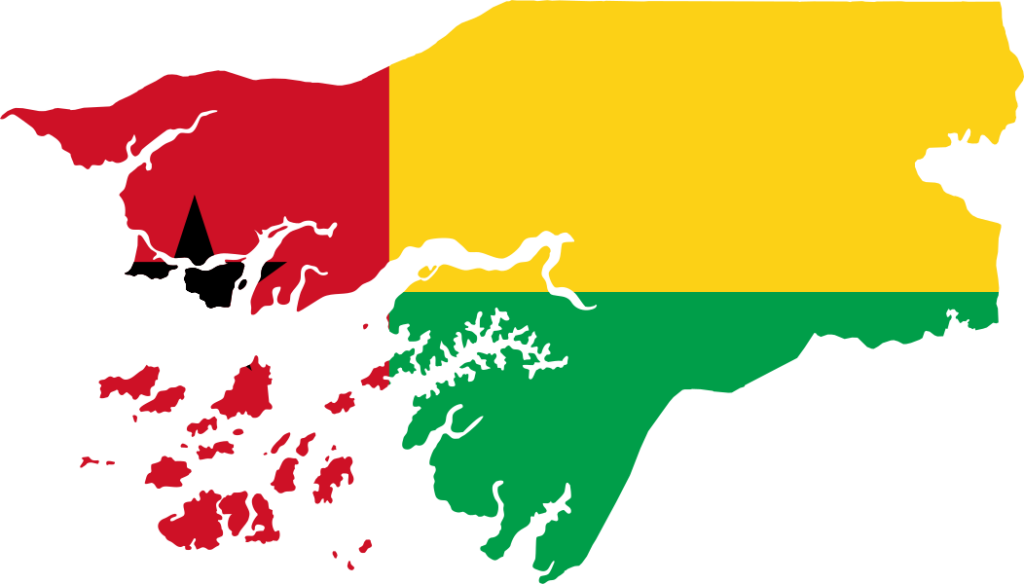
Guinea-Bissau Flag Emoji: 🇬🇼
The color palette of the Guinea-Bissau flag is both vibrant and meaningful, consisting of carefully chosen hues that convey distinct aspects of the nation’s identity and values. Each color within this palette holds its significance, contributing to the overall symbolism of the flag.
Meaning of Each
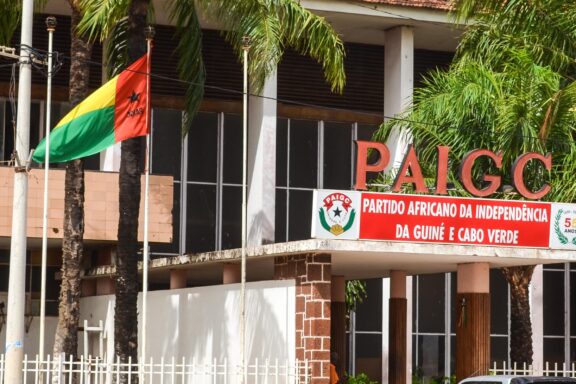
Red
The red stripe on the flag is a poignant reminder of the sacrifices and struggles endured during Guinea-Bissau’s fight for independence from Portuguese colonial rule. This color symbolizes the bloodshed and the bravery of those who fought for the country’s sovereignty.
Yellow
Representing the sun, the yellow band on the flag reflects the hope and optimism of Guinea-Bissau’s people. It symbolizes the country’s bright future and tropical location, known for its sunny and warm climate.
Green
Green symbolizes the lush forests and rich natural resources of Guinea-Bissau. It represents growth, renewal, and the nation’s agricultural wealth, highlighting its potential for development and prosperity.
Black (Star):
The black star on the flag stands as a symbol of African unity and freedom. It reflects Guinea-Bissau’s solidarity with other African nations and its commitment to the Pan-African movement, asserting its identity as part of the African continent.
Guinea-Bissau Coat of Arms
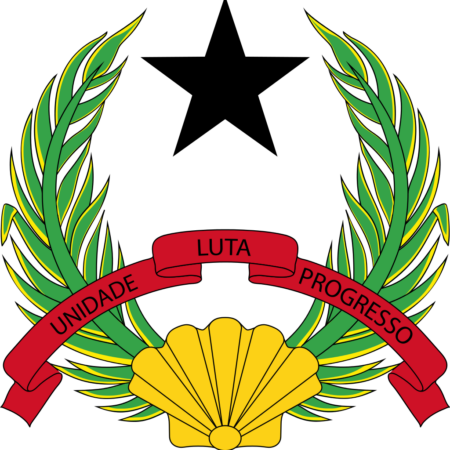
The coat of arms of Guinea-Bissau symbolizes the nation’s history, culture, and ideals. It typically includes elements like a shield, supporters, and a motto, each representing the country’s identity and heritage. These components collectively form a narrative reflecting Guinea-Bissau’s unique national journey.
Historical Evolution and the Meaning Behind Changes
The flag of Guinea-Bissau has seen a significant transformation since the country’s days under Portuguese colonial rule. Initially, the Portuguese flag represented the colony, lacking any local symbolism.
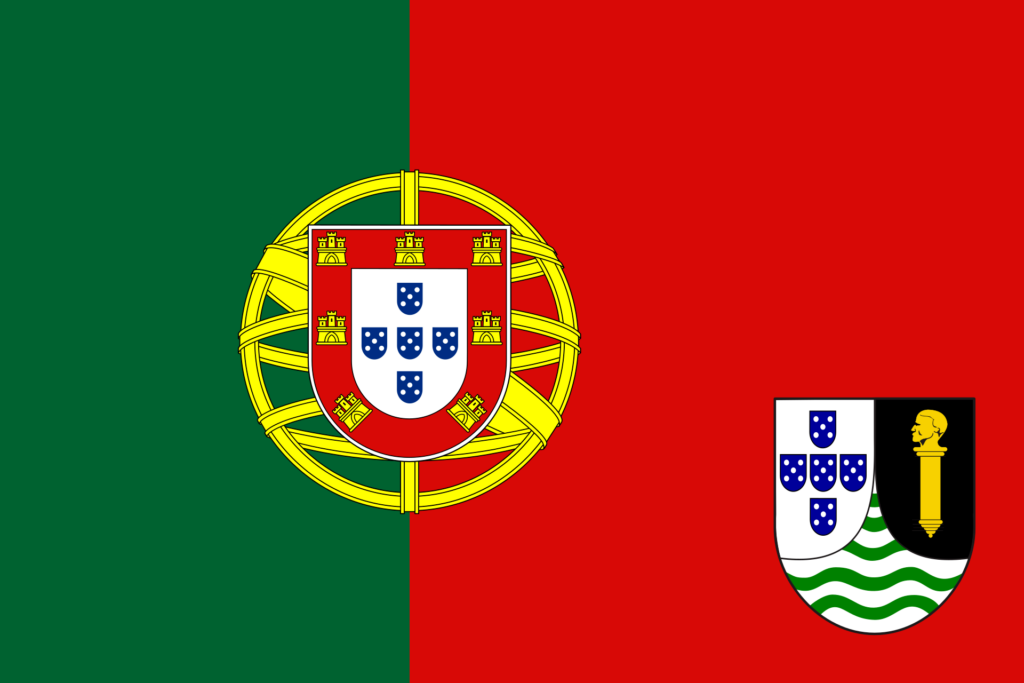
The drive for independence brought about the African Party for the Independence of Guinea and Cape Verde (PAIGC), which introduced a flag resonating with the independence movement.
This flag, which closely resembled the current national flag, incorporated Pan-African colors inspired by Ghana’s flag – a symbol of African unity and independence. These colors represented the collective struggle and unity among African nations.
Upon declaring independence on September 24, 1973, Guinea-Bissau adopted its current flag, maintaining the PAIGC flag’s design and colors. This symbolic gesture emphasized continuity in the values and aspirations that fueled the struggle for independence.
This evolution from colonial to national flag marks a transition from foreign domination to self-identification and sovereignty, embedding deep historical and cultural significance within the flag’s colors and design.
Overall Symbolic Meaning of the Flag
The flag of Guinea-Bissau symbolizes the nation’s resilience in its pursuit of independence and its commitment to African unity. It is an emblem of Guinea-Bissau’s unique character, reflecting the country’s historical struggles and future aspirations, serving as a reminder of its role in the collective progress of Africa.
Similar Flags to the Flag of Guinea-Bissau
Exploring flags similar to Guinea-Bissau’s reveals connections in history and symbolism. Let’s examine these flags and understand the shared narratives they represent.
Ghana
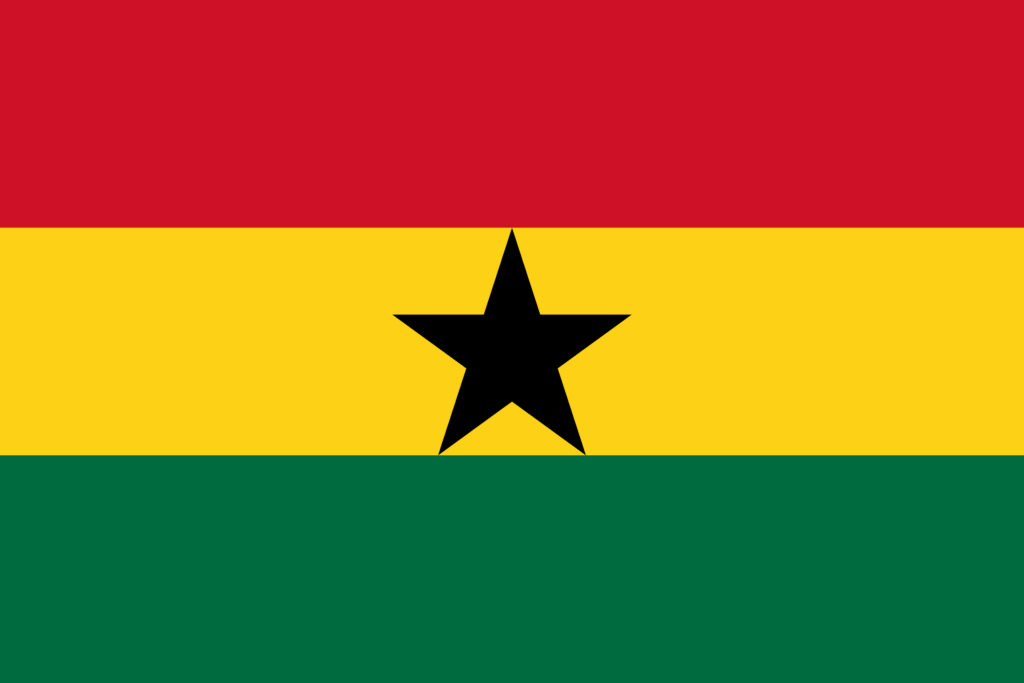
The flag of Ghana is notably similar to that of Guinea-Bissau. Both flags use the Pan-African red, yellow, and green colors and feature a black star.
The similarity is rooted in Ghana’s influence as the first African country to gain independence from colonial rule, inspiring other African nations, including Guinea-Bissau, in their quests for independence.
Republic of Guinea
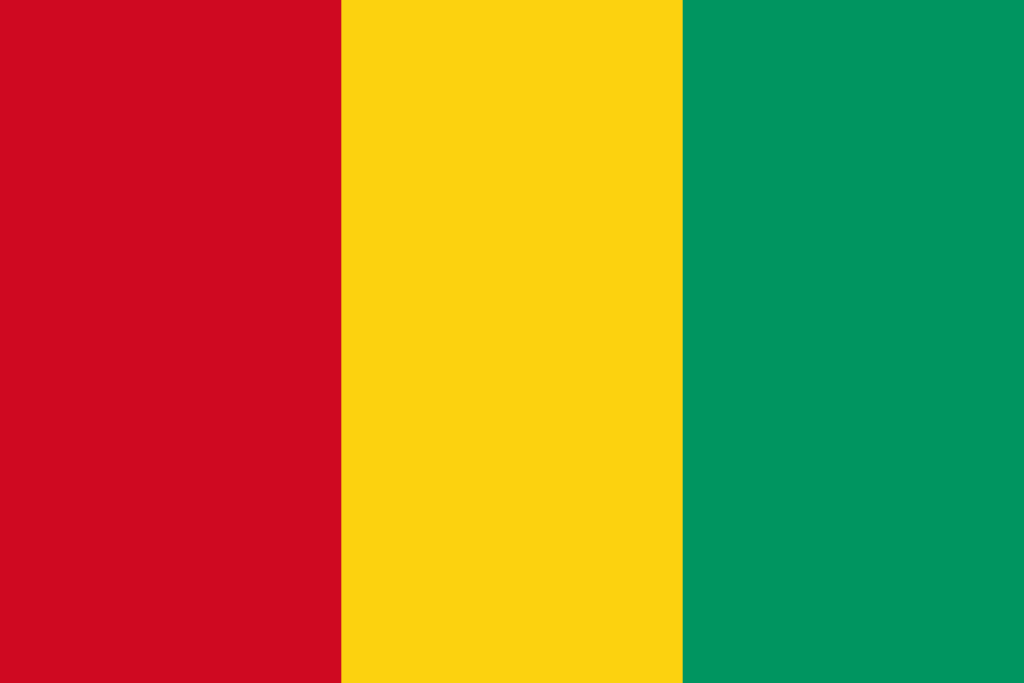
The flag of the Republic of Guinea features the same Pan-African colors as Guinea-Bissau. Both flags include red, yellow, and green, symbolizing the African struggle for independence and unity. The similarity is rooted in their shared experiences as former French colonies in West Africa and their shared participation in the Pan-African movement.
Benin
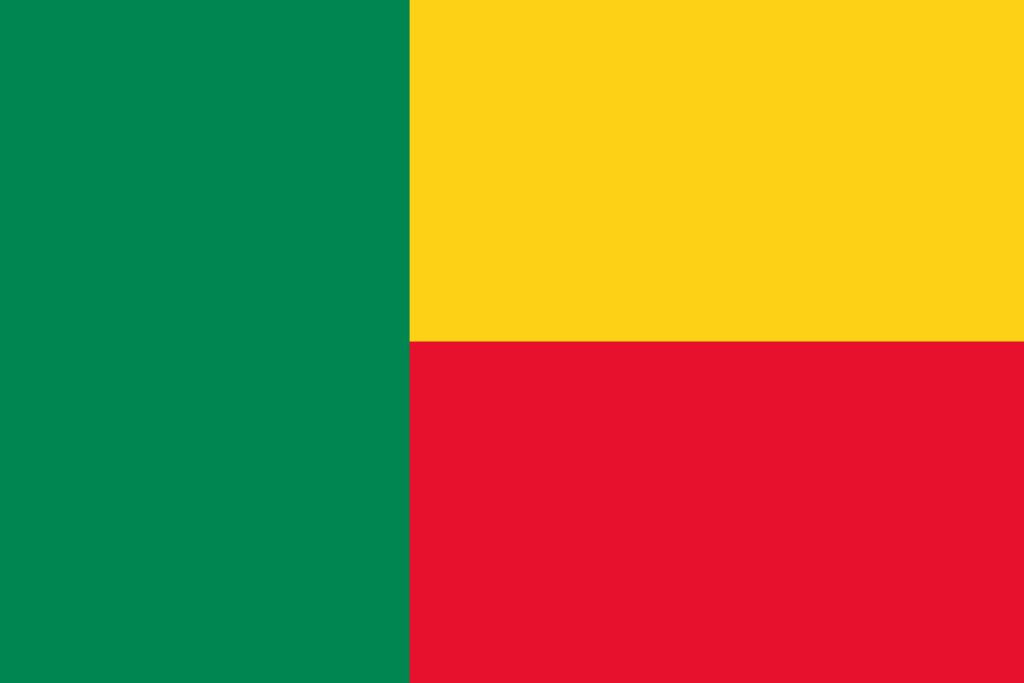
The flag of Benin, like that of Guinea-Bissau, uses a combination of yellow and green, with the addition of red. While the arrangement and proportions of these colors differ, the use of these Pan-African colors signifies a shared legacy of colonial resistance and post-independence unity among African nations.
Conclusion
The flag of Guinea-Bissau, rich in symbolism and history, is a powerful emblem of national identity and unity. It holds a unique place in the global community of flags, symbolizing the nation’s journey and aspirations. For its citizens, it is a source of national pride, encapsulating the spirit and resilience of Guinea-Bissau.
Image Sources and Copyright Information
- Guinea-Bissau Flag and PAIGC Sign on Building: © FreewheelyBissau/Flickr